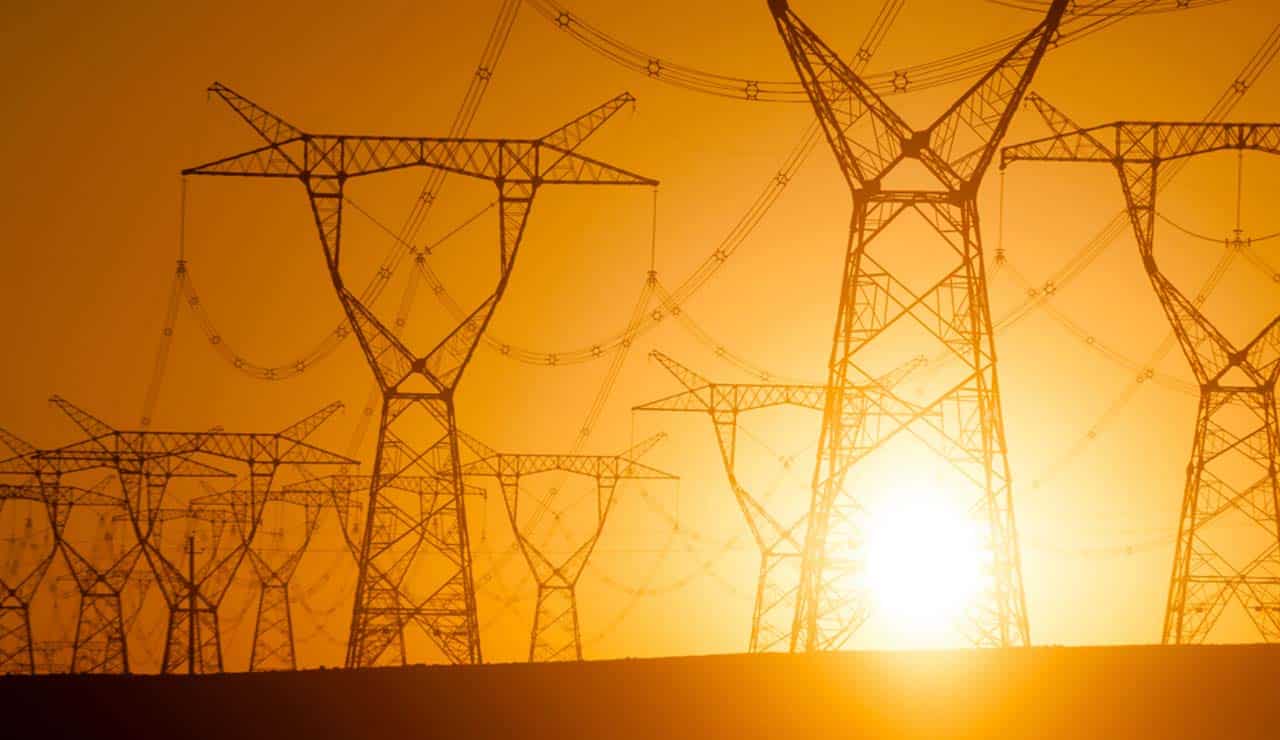Access to electricity (% of population) refers to the percentage of people in a given area who have access to electricity. This indicator is typically used to measure the level of development and progress of a country or region. It is calculated by dividing the number of people who have access to electricity by the total population and multiplying the result by 100.
The data on access to electricity is often collected by governments and international organizations such as the World Bank, and is based on surveys and estimates. This information can be used to track progress in improving access to electricity over time, as well as to identify areas that require further investment and development.
As of 2021, the global average access to electricity is around 87%. However, there are significant disparities between different regions and countries. While many developed countries have almost universal access to electricity, many developing countries still have a long way to go to provide reliable and affordable electricity to their populations.
Access to electricity (% of population) – Pakistan 2020






